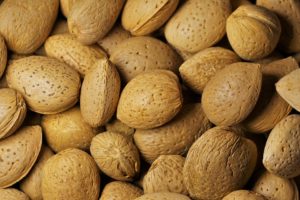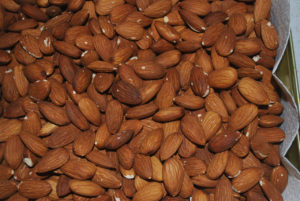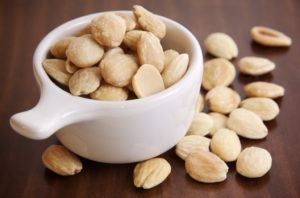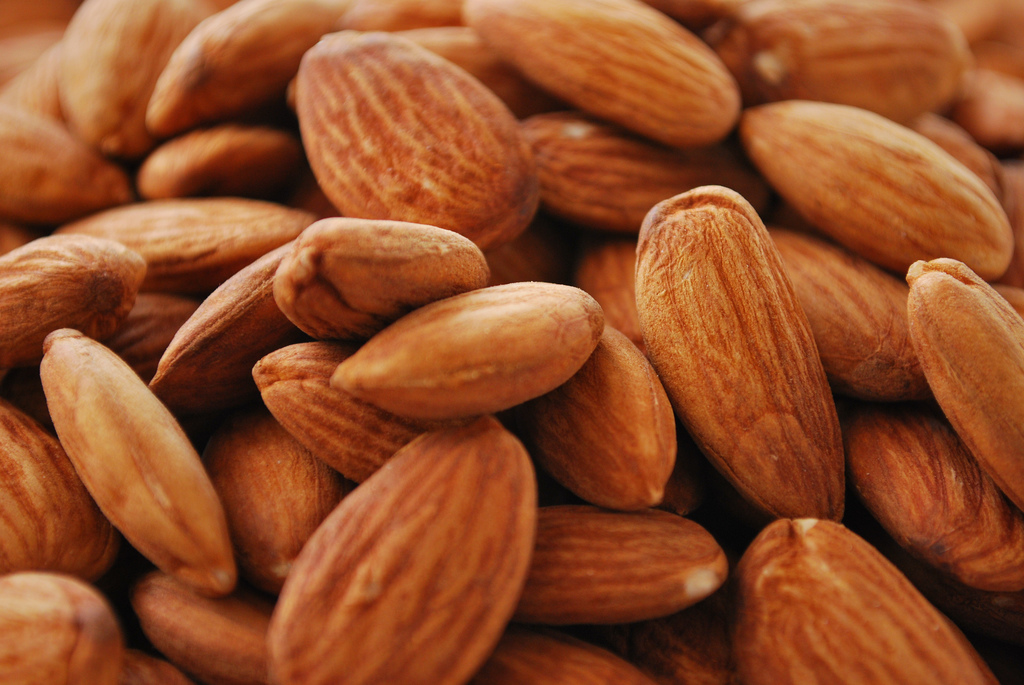Almonds are edible seeds that come from the almond tree. Almond trees are native to the Middle East, the Indian subcontinent and North Africa. Historians argue that almonds are one of the earliest cultivated foods. Take a look below for 25 more interesting and fascinating facts about almonds.
1. Almonds are mentioned in the Bible. They were a prized ingredient in breads that were served to Egypt’s pharaohs.
2. Explorers ate almonds while traveling the Silk Road between Asia and the Mediterranean. Not long after that, almond trees flourished in the Mediterranean, especially in Spain and Italy.
3. The almond tree was brought to California from Spain in the mid 1700s by the Franciscan Padres.
4. Almond grows best in Mediterranean climates with warm, dry summers and mild, wet winters.
5. Almonds have a long storage life and they can be refrigerated for up to 2 years. The longer shelf life is because they’re rich in Vitamin E.

6. In India, almonds are considered as “brain food” for kids.
7. They have flavonoid, like broccoli and green tea, so they can be very nourishing for your skin.
8. It takes 1000 pounds of almonds to make 1 pint of almond oil.
9. Chocolate manufacturers use around 40% of the world’s total almonds in making different types of chocolate.
10. The outer shells of almonds aren’t eaten by humans but they are used as cattle feed all over the world.
11. There are about 30 different types of almonds, however, only 10 of them are produced for human consumption.
12. Almonds are referred to as nuts but they’re not true nuts from a botanical point of view. Botanically, they’re a stone fruit that’s related to cherries, plums, peaches and apricots.
13. They’re an excellent source of several B vitamins, vitamin E, calcium, phosphorus, iron and magnesium. They also have zinc, selenium, copper and niacin.
14. Almond flour combined with sugar or honey as marzipan is often used as a gluten free alternative to wheat flour in cooking and baking.
15. Blanched kernels are used to make almond butter, which is the best alternative for people who have a peanut allergy.

16. Almond milk is a plant milk manufactured from almonds with a creamy texture and a nutty taste. It has no cholesterol or lactose and it’s often consumed by lactose intolerant people or people who want to avoid dairy products, like vegans.
17. Bitter almonds can have between 4 and 9 milligrams of hydrogen cyanide per almond and contain 42 times higher amounts of cyanide than the trave levels found in sweet almonds.
18. Historically, almond syrup was an emulsion of sweet and bitter almonds. However, due to the cyanide found in bitter almonds, modern syrups tend to only be produced from sweet almonds.
19. California produces more than 80% of the world’s almonds.
20. The pollination of California’s almonds is the largest annual managed pollination even in the world, with close to 1 million hives, which is nearly half of all beehives in the United States, being trucked in February to the almond groves. A lot of the pollination is managed by pollination brokers, who contract with migratory beekeepers from at least 49 states for the event.
21. Almonds are members of the rose family and are sometimes called, “the queen of the rose family.”
22. In the Hebrew Bible, the almond was a symbol of watchfulness and promise due to its early flowering.

23. Christian symbolism often uses almond branches as a symbol of the Virgin Birth of Jesus. Paintings and icons often include almond shaped haloes encircling the Christ Child and as a symbol of Mary.
24. The Romans showered newlyweds with almonds as a fertility charm.
25. The Chinese consider the almond as a symbol of enduring sadness and female beauty.





One Comment
Pingback:
January 10, 2018 at 3:03 pm